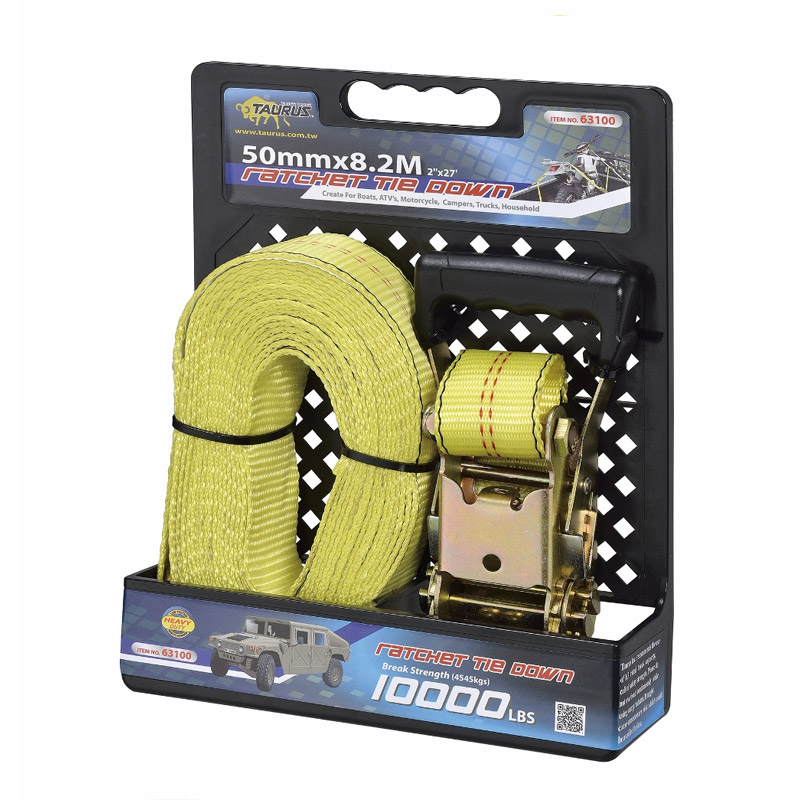High-Quality 410 Stainless Steel Self-Drilling Screws for Durable Applications
Understanding 410 Stainless Steel Self-Drilling Screws A Comprehensive Guide
In the realm of construction and manufacturing, fastening solutions are critical to the integrity and longevity of any structure or product. One of the standout options available on the market today is the 410 stainless steel self-drilling screw. This article will delve into the material properties, benefits, applications, and considerations associated with these unique fasteners.
Material Properties of 410 Stainless Steel
410 stainless steel is a martensitic stainless steel that combines moderate corrosion resistance with high strength and hardness. It contains approximately 11.5% chromium, which provides a level of resistance to oxidation and rust. Unlike austenitic stainless steels, 410 can be heat-treated to enhance its mechanical properties, making it an ideal choice for applications that require both durability and toughness.
These screws are designed to perform in a variety of environments, particularly where exposure to moisture and corrosive elements might otherwise undermine structural integrity. The self-drilling feature adds to their appeal, allowing for efficient installation without the need for pre-drilling—a significant time-saver in many projects.
Advantages of 410 Stainless Steel Self-Drilling Screws
1. Corrosion Resistance Thanks to the high chromium content, 410 stainless steel screws offer commendable resistance to corrosion, making them suitable for outdoor and marine environments. This property ensures a longer lifespan, reducing the need for frequent replacements.
2. Strength and Durability The ability to harden through heat treatment enables these screws to handle significant loads without deformation. This strength is crucial in applications where safety and longevity are paramount.
3. Time Efficiency The self-drilling ability means that these screws can create their own pilot holes as they are driven into materials like metal, wood, and plastic. This eliminates the need for pre-drilling, leading to faster project completion and reduced labor costs.
410 stainless steel self drilling screw

4. Versatility 410 stainless steel self-drilling screws can be used in various applications ranging from construction and manufacturing to HVAC installations and automotive assembly. Their adaptability makes them a popular choice among professionals in diverse industries.
5. Reduced Risk of Stripping The specialized drill point design reduces the risk of stripping, ensuring a secure and reliable fastening with minimal effort.
Applications of 410 Stainless Steel Self-Drilling Screws
These versatile screws find applications in a multitude of sectors. In the construction industry, they are commonly used for fastening metal sheets, roofing, and siding. Their robust nature makes them suitable for structural applications where strength is critical. Additionally, they are widely used in the manufacturing of appliances, automotive parts, and even in the assembly of furniture.
In HVAC systems, 410 stainless steel self-drilling screws are invaluable for ensuring the integrity of ductwork and securing metal components, where exposure to humidity and temperature fluctuations could lead to failure with lesser materials.
Considerations When Choosing 410 Stainless Steel Self-Drilling Screws
While 410 stainless steel offers several advantages, it is essential to consider the specific requirements of your project. Factors such as the environment, load-bearing needs, and compatibility with other materials should guide your selection. For high-corrosive environments, austenitic stainless steel or coatings may offer better long-term protection.
In summary, 410 stainless steel self-drilling screws are a reliable and efficient fastening solution. Their unique blend of strength, corrosion resistance, and ease of installation makes them an excellent choice for various applications across multiple industries. By understanding their properties and advantages, professionals can make informed decisions to enhance productivity and ensure quality in their projects.
-
Weatherproof Plastic Expansion Anchors for OutdoorNewsJun.06,2025
-
Sustainability in the Supply Chain: Eco-Friendly TEK Screws ProductionNewsJun.06,2025
-
Load-Bearing Capacity of External Insulation FixingsNewsJun.06,2025
-
Double Head Bolts: Enhancing Efficiency in Industrial MachineryNewsJun.06,2025
-
Corrosion Resistance in Chipboard Screws: Coatings for Wholesale DurabilityNewsJun.06,2025
-
Butterfly Toggle Bolts : Enhancing Structural ResilienceNewsJun.06,2025
